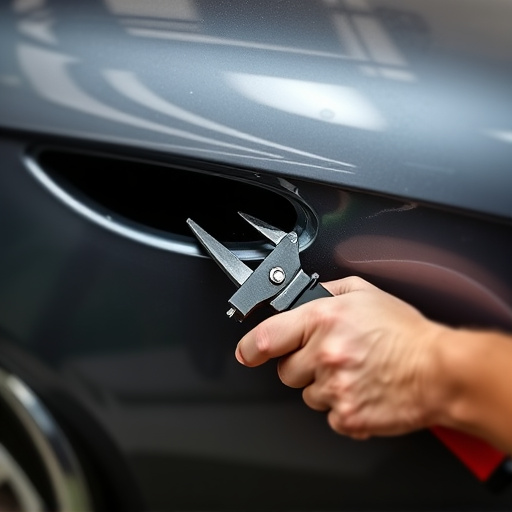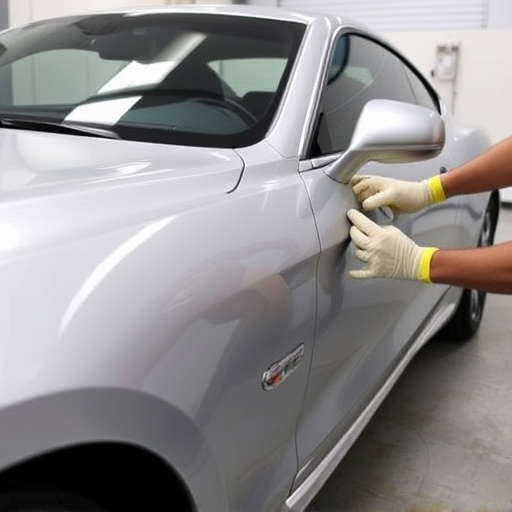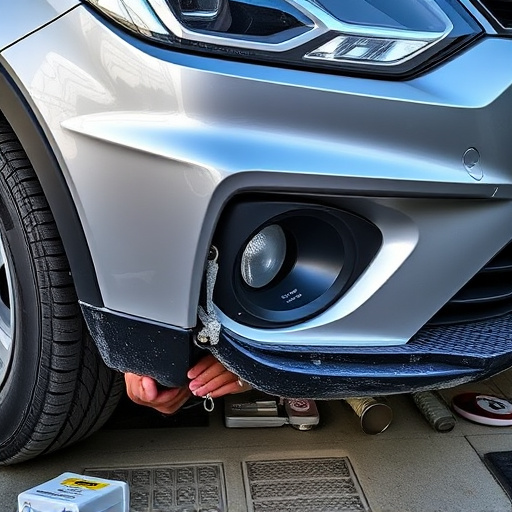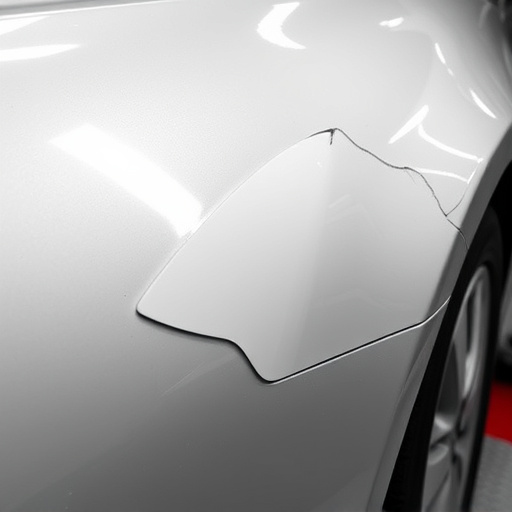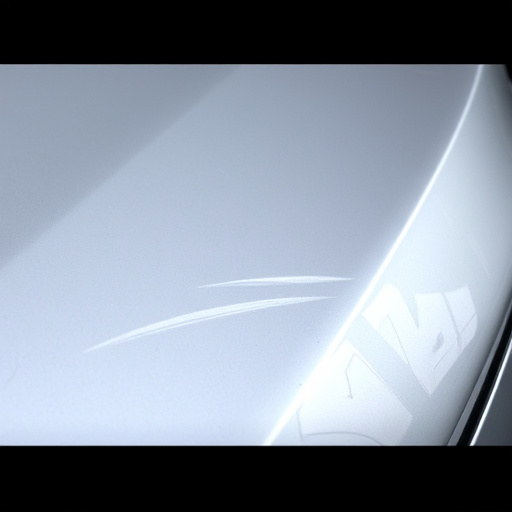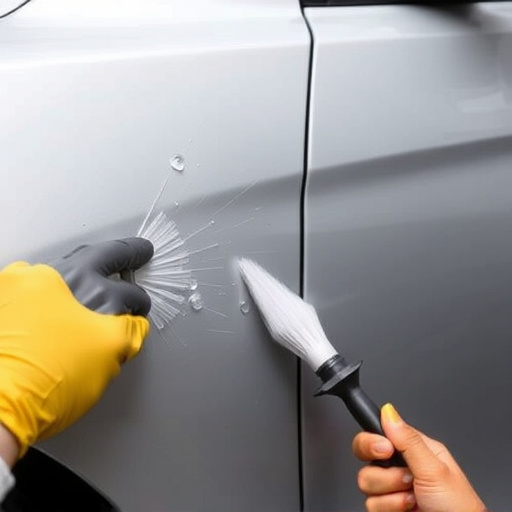Mercedes Smartphone Integration (MSI) firmware updates are crucial for maintaining optimal performance, security, and compatibility with the latest apps. This process involves accessing the vehicle's diagnostic port, checking for compatible updates, downloading the latest firmware, and carefully flashing it to avoid system instability. Skilled technicians monitor and adjust the process using diagnostic tools, followed by thorough testing. Best practices include stable internet connections, official software from trusted sources, and data backups. Challenges include outdated hardware, charging levels, and user lack of technical knowledge, requiring technicians in auto body shops to ensure seamless, error-free updates for a positive client experience.
Updating firmware during Mercedes smartphone integration repair is a critical process that ensures your vehicle’s connectivity stays at peak performance. This comprehensive guide delves into the intricacies of Mercedes smartphone integration, explaining the role of firmware and its impact on functionality. We outline the step-by-step process for updating firmware during repairs, highlighting best practices and common challenges to navigate smoothly. Essential for technicians and car enthusiasts alike, this article empowers you with knowledge to maintain your Mercedes’ advanced connectivity features effectively.
- Understanding Mercedes Smartphone Integration and Firmware
- The Process of Updating Firmware During Repair
- Best Practices and Common Challenges in Firmware Updates
Understanding Mercedes Smartphone Integration and Firmware
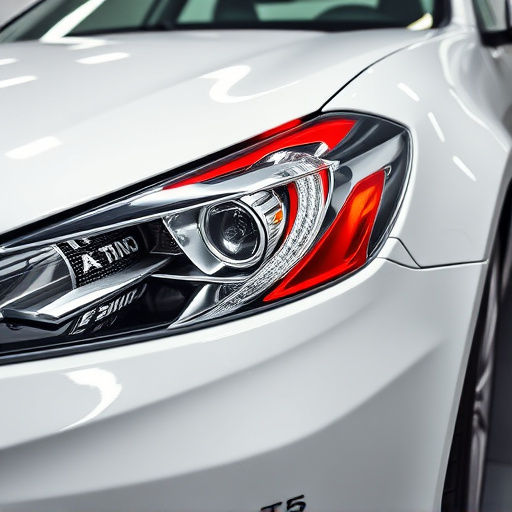
Mercedes Smartphone Integration is a cutting-edge feature that seamlessly connects your smartphone to your vehicle’s infotainment system, offering a host of functions like navigation, hands-free calling, and music streaming. It’s not just about convenience; it’s also a complex interplay between advanced automotive technology and mobile device capabilities. Understanding this integration involves grasping how various components work together—from the car’s onboard computer to your smartphone—to deliver a smooth, integrated experience.
Firmware, in this context, refers to the software that controls and manages these interactions. It dictates how your phone interacts with the vehicle’s systems, from initial pairing to data transfer and app functionality. Keeping the firmware updated is crucial for maintaining optimal performance and security. Just as we update our smartphones, updating Mercedes smartphone integration firmware plays a vital role in ensuring your car’s tech remains up-to-date, secure, and compatible with the latest apps and services—similar to how regular software updates on your phone fix bugs and enhance features (think of it like an auto frame repair for digital components), keeping both your device and vehicle running smoothly.
The Process of Updating Firmware During Repair

Updating firmware during Mercedes smartphone integration repair is a meticulous process that requires precision and expertise. It begins with accessing the vehicle’s diagnostic port, typically located under the dashboard or in the engine bay. This port serves as a gateway to the car’s internal computer systems, allowing for communication with the smartphone integration module. Once connected, specialized software is used to check for available updates, ensuring compatibility and downloading the latest firmware version.
The actual update process involves flashing the new firmware onto the integration module, a procedure that must be executed carefully to avoid system instability or malfunction. Technicians in an auto repair shop with experience in Mercedes smartphone integration repairs employ diagnostic tools to monitor the process, making adjustments as needed. After the update is complete, thorough testing is conducted to verify the functionality of all connected features, ensuring a seamless experience for the vehicle’s owner. This meticulous approach guarantees that the updated firmware not only improves performance but also enhances the overall connection between the Mercedes and its smartphone integration capabilities, smoothening out any prior kinks in the system, much like a fine-tuned auto collision repair or auto frame repair.
Best Practices and Common Challenges in Firmware Updates
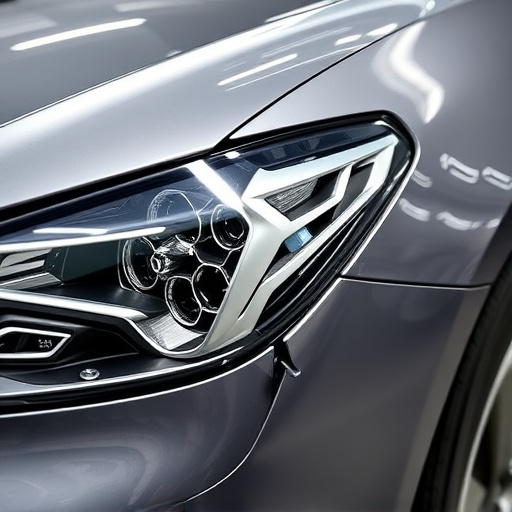
When updating firmware during Mercedes smartphone integration repair, best practices include ensuring a stable internet connection for seamless downloads, using official software from reputable sources to avoid compatibility issues, and creating backups of existing data to prevent loss in case of unexpected errors. Additionally, technicians should verify that the device is compatible with the latest firmware version and follow manufacturer guidelines strictly.
Common challenges in this process involve dealing with outdated hardware that might not support newer firmware versions, causing compatibility problems. Another hurdle is ensuring optimal charging levels during the update process to prevent sudden shutdowns or data corruption. Moreover, some users may lack technical knowledge, leading to installation mistakes. Auto body shops and collision repair centers offering Mercedes smartphone integration repair services should have skilled technicians who can navigate these challenges effectively, providing a smooth experience for their clients.
Updating firmware during Mercedes smartphone integration repair is a precise process that requires careful navigation. By understanding the intricate details of Mercedes smartphone integration and adopting best practices, technicians can ensure seamless updates, enhancing vehicle performance and owner satisfaction. While challenges may arise, addressing them proactively contributes to efficient repairs and optimal system functionality in these high-tech vehicles.


